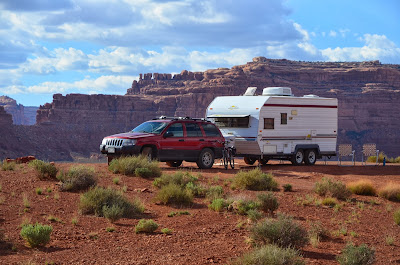 |
| Mineral Creek and Rolling Mountain |
June 6-9, 2014
Silverton and Durango, Colorado
$650.
$250. deposit
Photography, RVs and camping in the San Juan National Forest, of Colorado.
Some of the most beautiful landscapes in the world surround you in the San Juan Mountains of Southern Colorado. Located between Ouray, Silverton and Durango. Mountain peaks like Kendall Mountain, Engineer Mountain, Grizzly Peak, Whitehead and Pigeon and Turret Peaks, ranges like the Grenadiers and the West Needles. Folks come from all over the world to explore and photograph these high altitude wonders.
Join us as Kit Frost teaches you and shares with you her very special method of teaching photography. Bring along a tripod so she can look at your compositions and discuss improvements to your vision. Or keep it simple with your handheld point and shoot camera.
Kit has been teaching photography for the past 40 years. Learn Digital Photography, bring your film camera too.
Learn how to compose great digital images, learn how to use your camera, Kit will teach you the tips and tricks to improve your photography.
We meet at our campground along Mineral Creek in the San Juan National Forest where we review camera skills; YOUR individual camera will be reviewed. Kit Frost will teach you how to capture great landscape and waterfall images with your digital camera. Feel free to request accommodations in Silverton, Colorado and we'll meet you at our campsite daily.
Don't miss this great adventure. A combination of camping, short hikes, waterfalls, mountain photography, in Southern Colorado. The Mineral Creek campground is a jumping off point to some of the most beautiful, inspiring, awesome, landscapes in Southern Colorado, in the Four Corners, in the USA.
After a introduction to camera skills, composition, and exposure, we will head out to locations each day, and then review and critique, Kit will offer suggestions for continued improvement. Let Kit teach you her special techniques for capturing grand and intimate landscapes. And at our nightly campfire we will continue the conversation and review your day.
Locations will include:
- Mineral Creek Waterfalls
- Big Views, Molas Pass and the Grenadier Range
- The Twilight Peaks
- Engineer Peak
- other special locations around Silverton.
Gear List will be sent to registered participants, bring your family. Enjoy a few days on photo instruction and review in Colorado. Tent camping, RVs, whatever suits you. We'll save a campsite for you.
Use paypal to securely make a full or partial payment towards this amazing photo workshop.
 |
| Mineral Creek Fall, Spring snow melt |
 |
| Molas Pass, looking east to the Grenadier Range |
 |
| Mineral Creek Fall, San Juan National Forest |

















